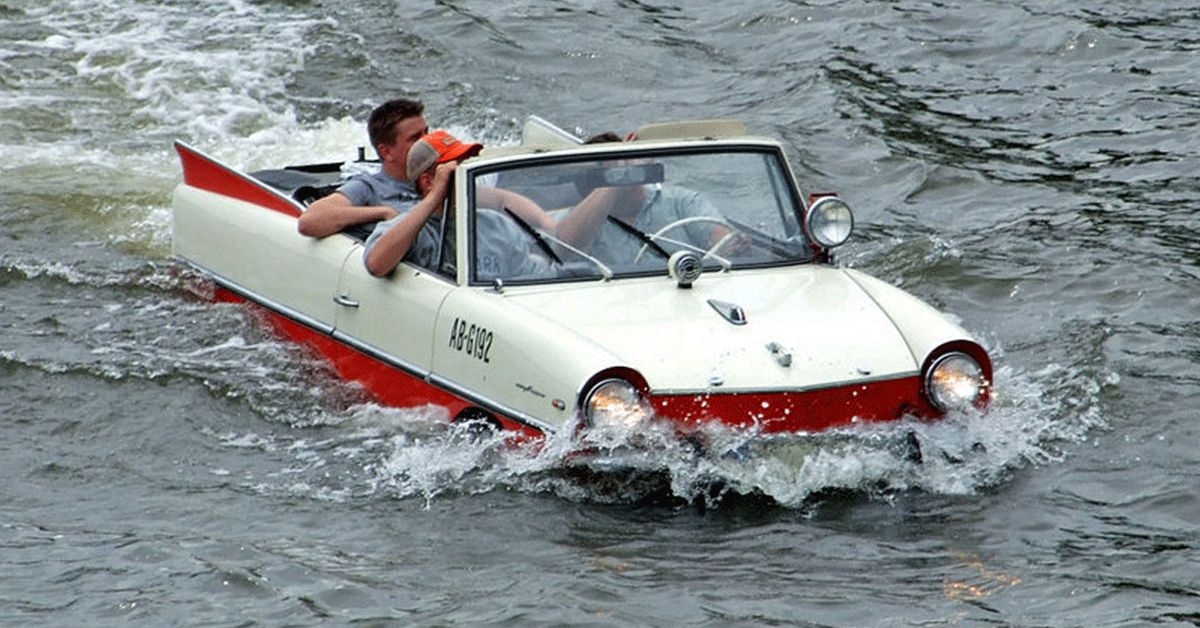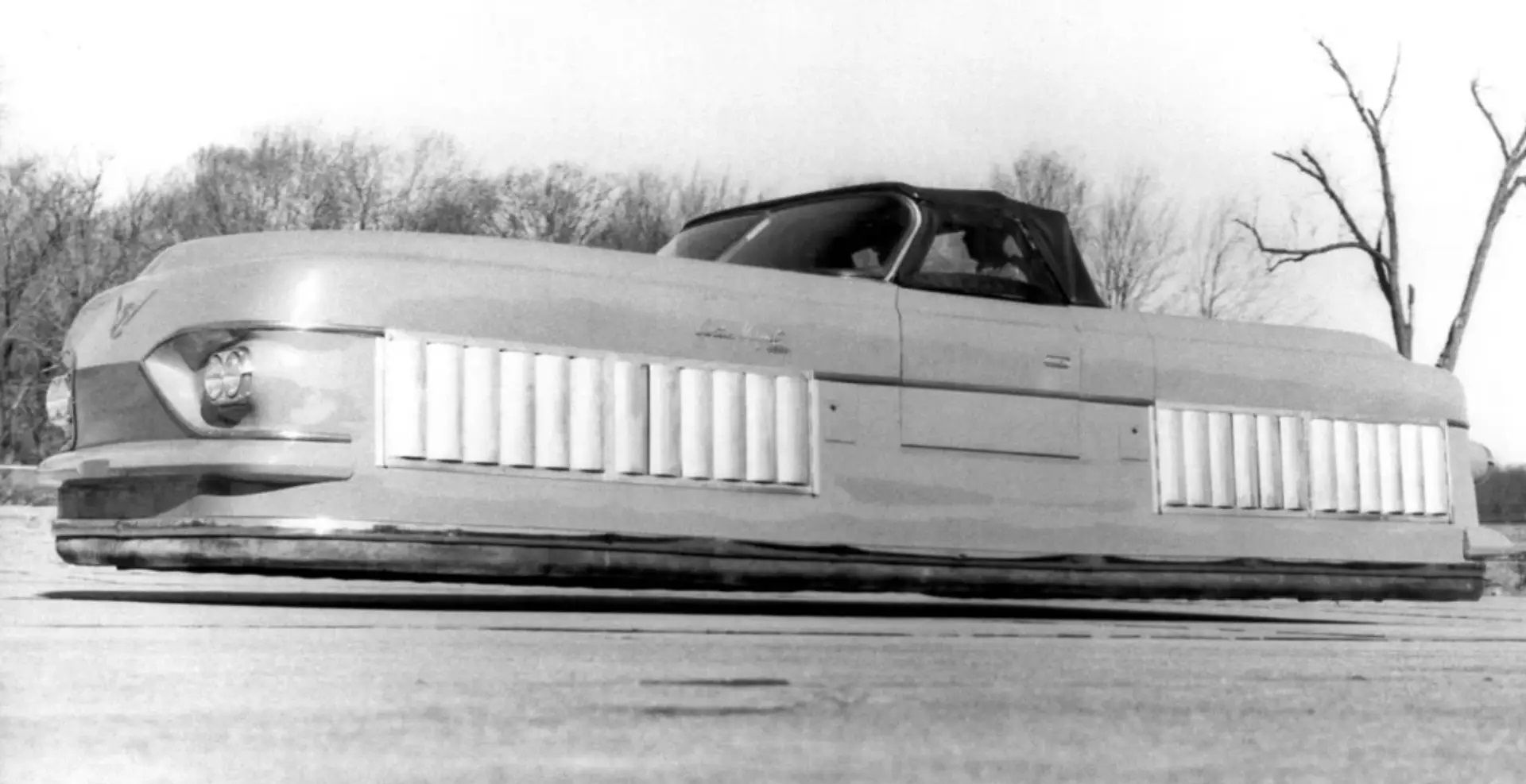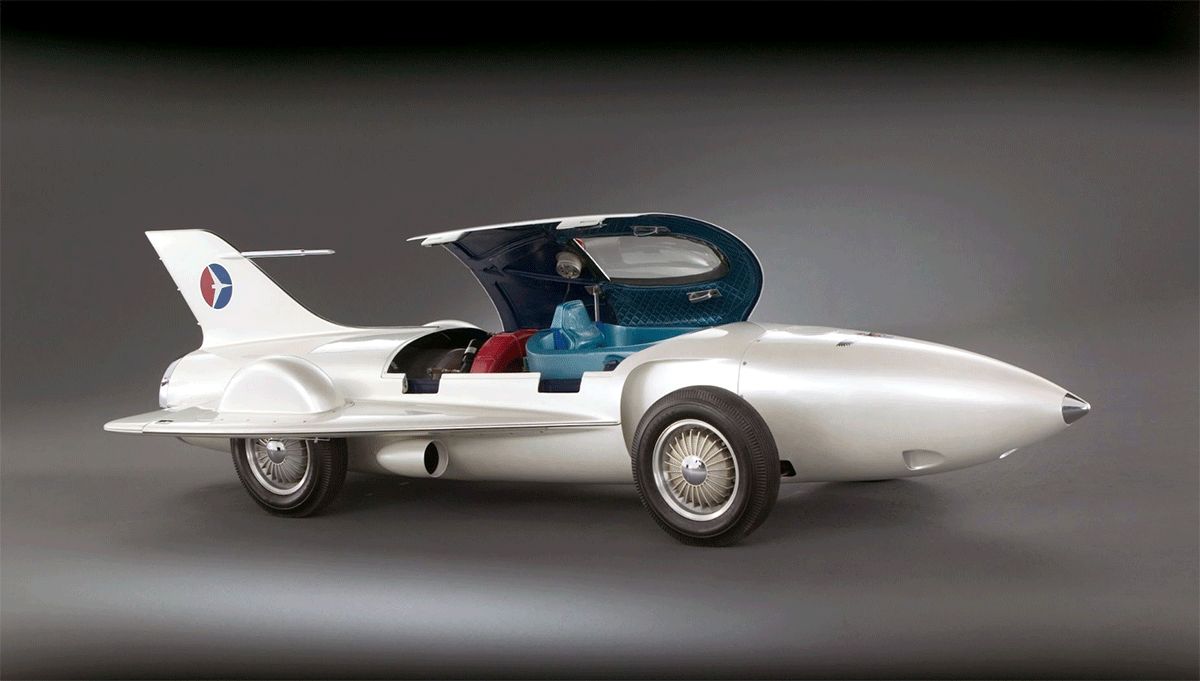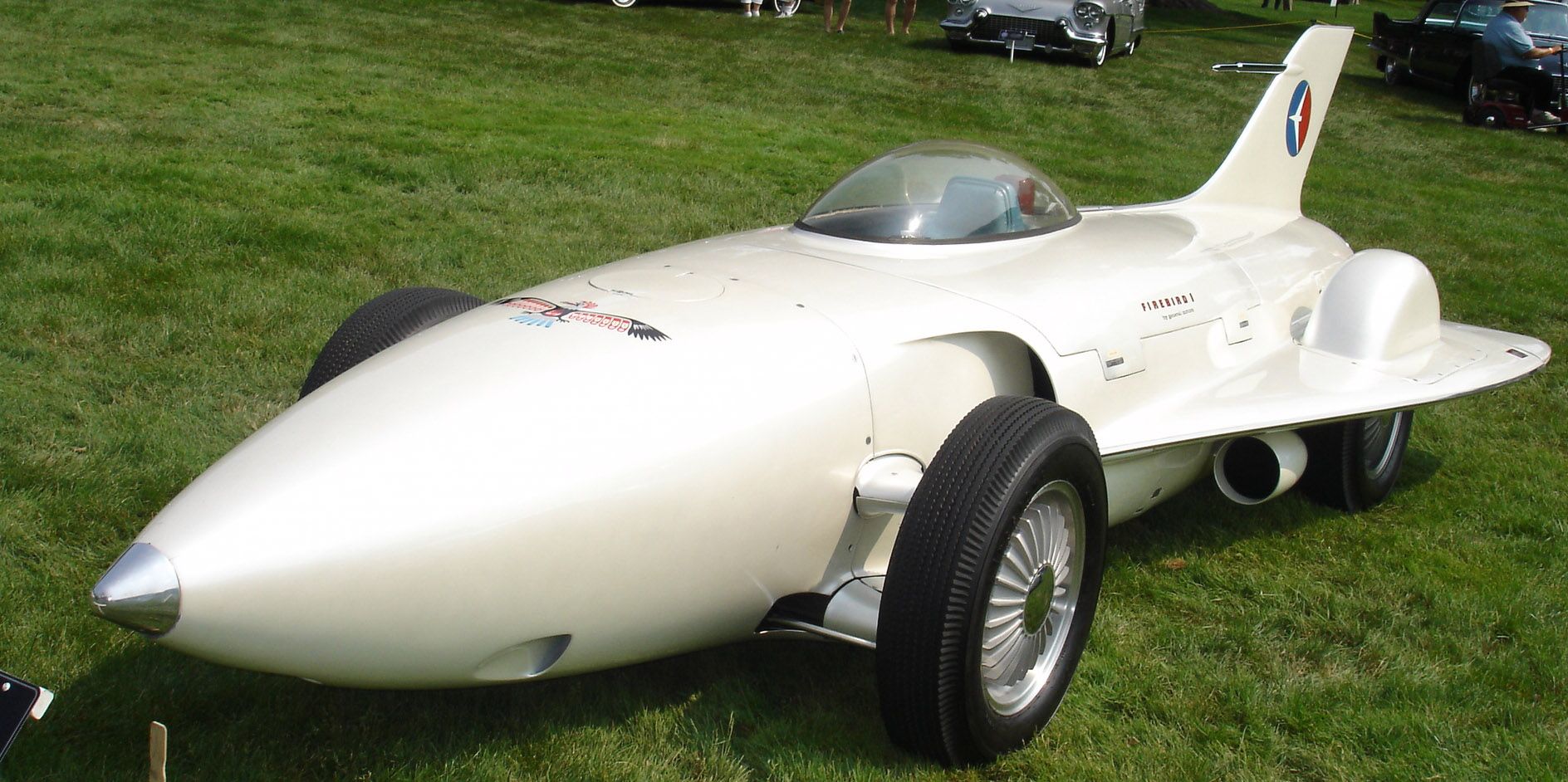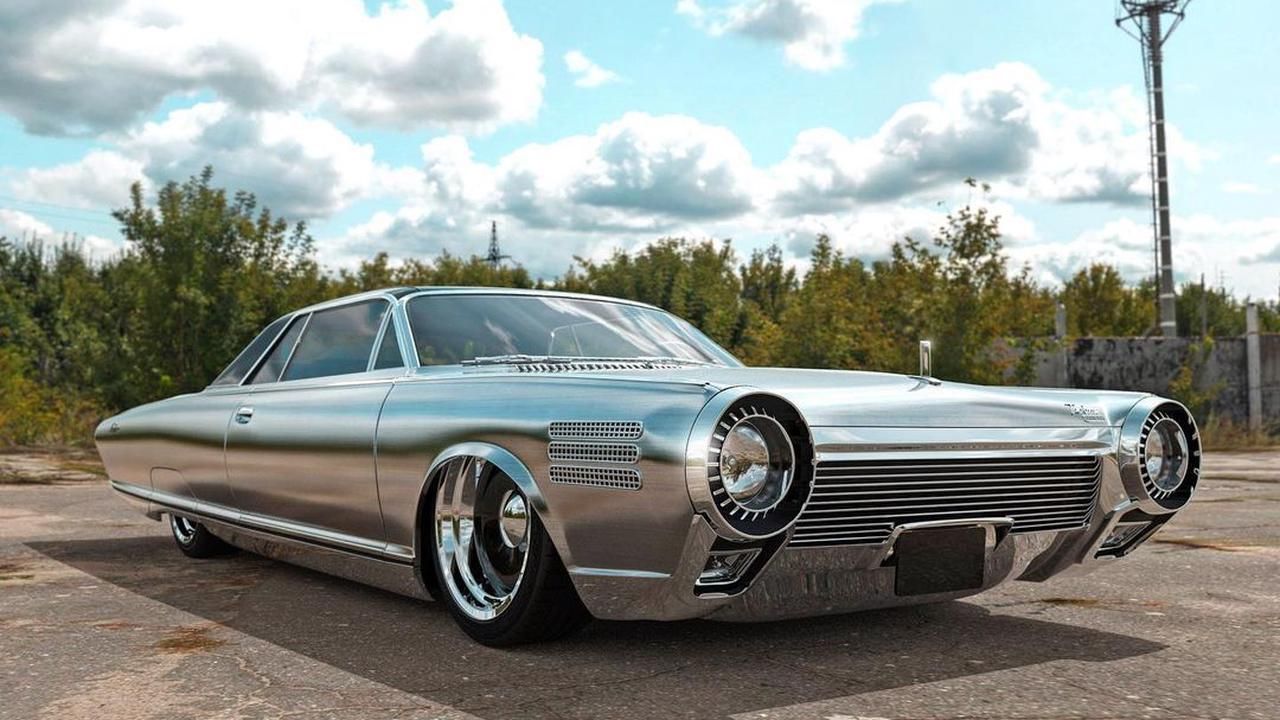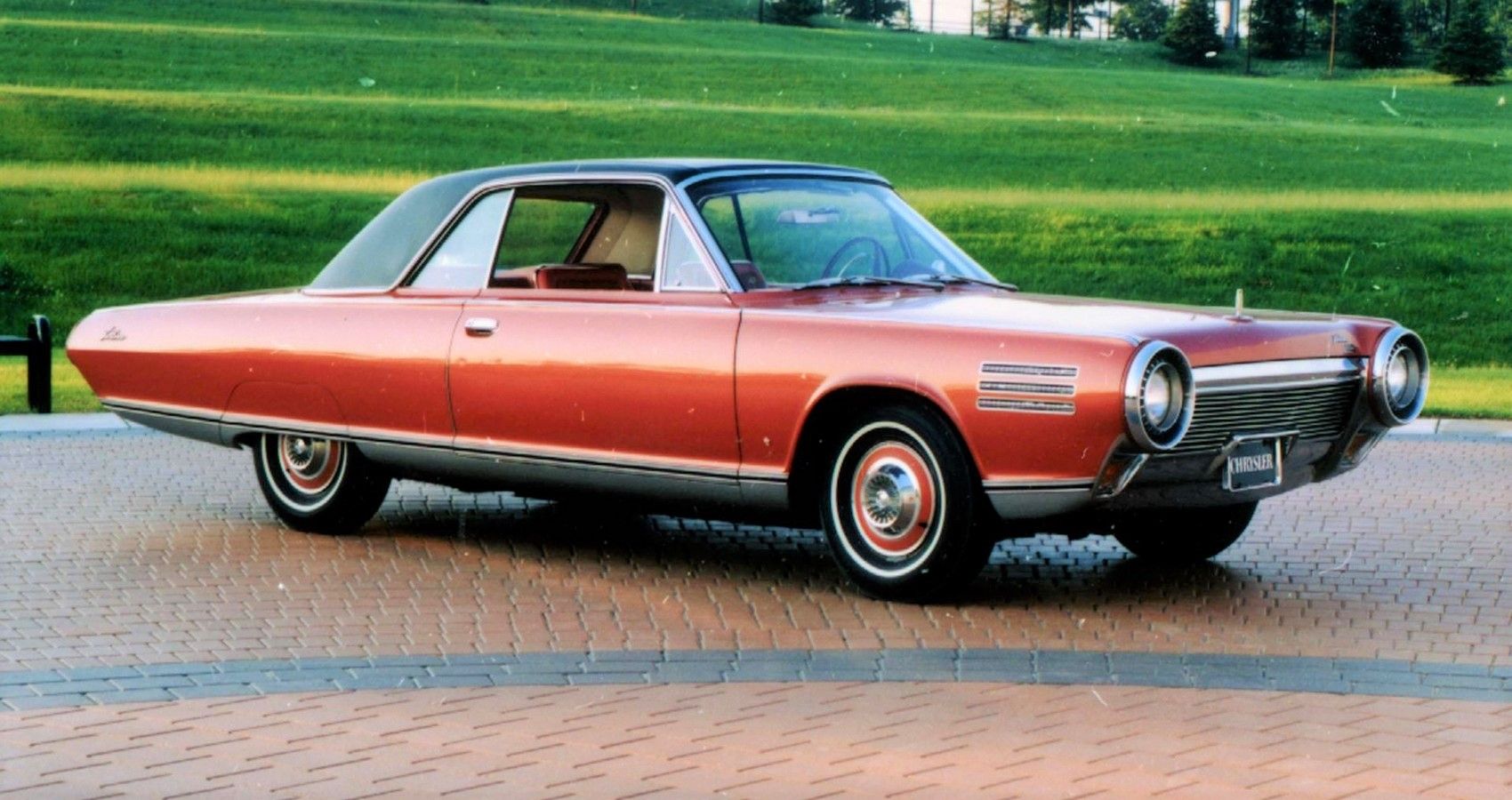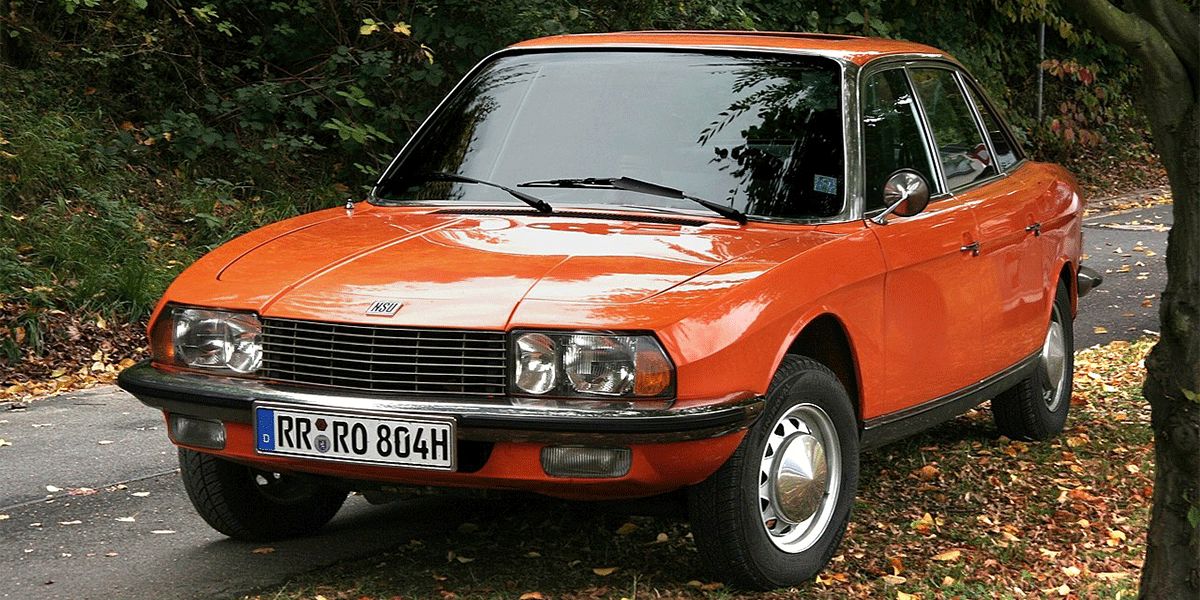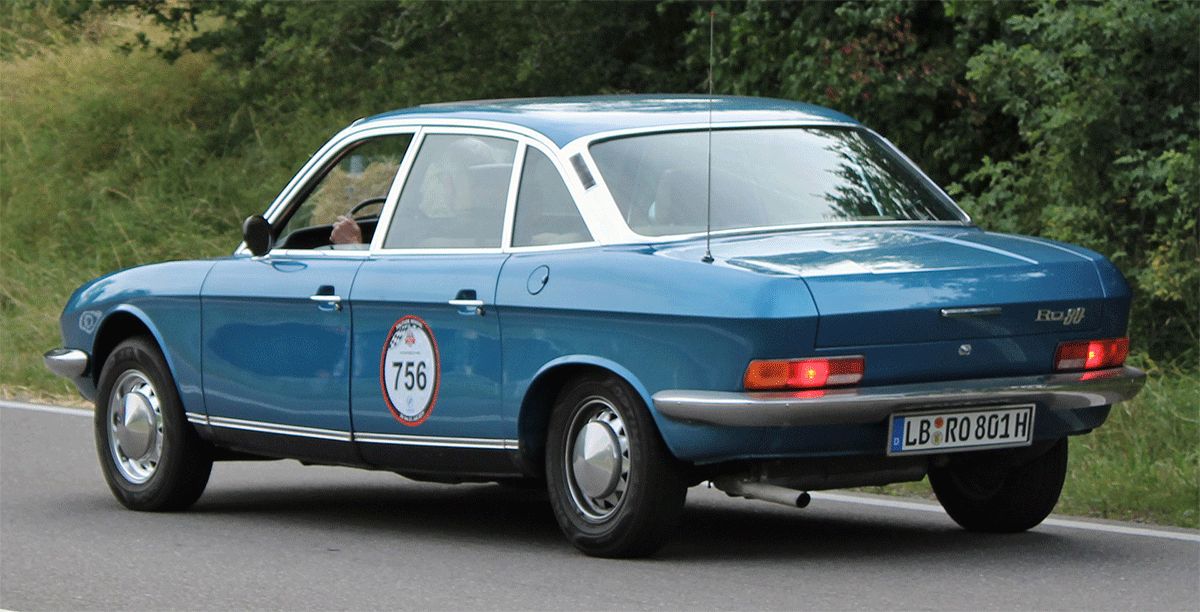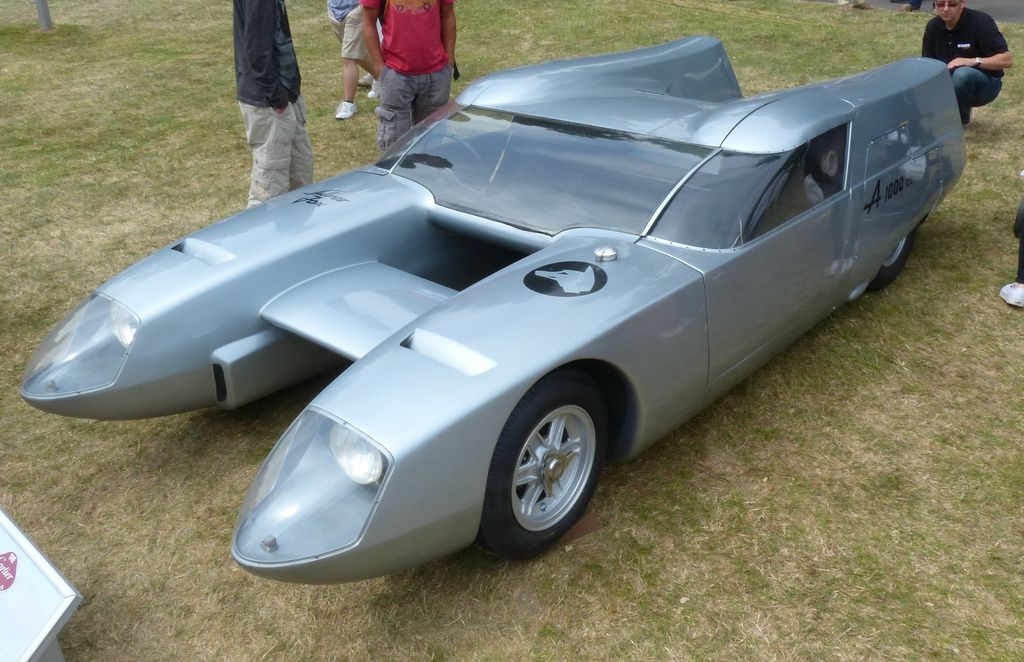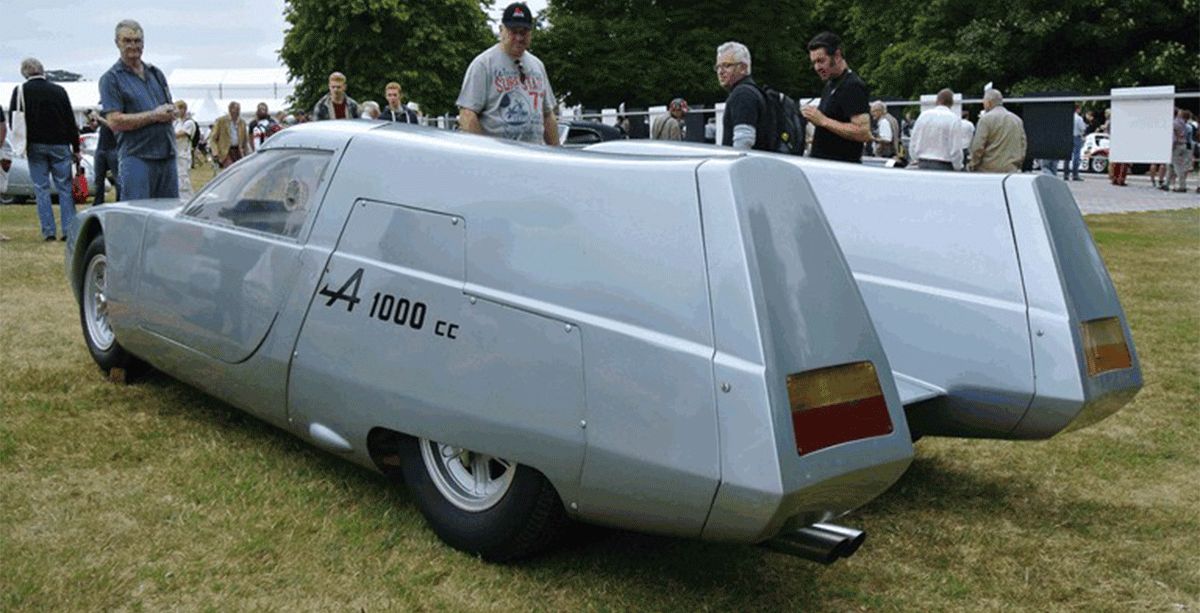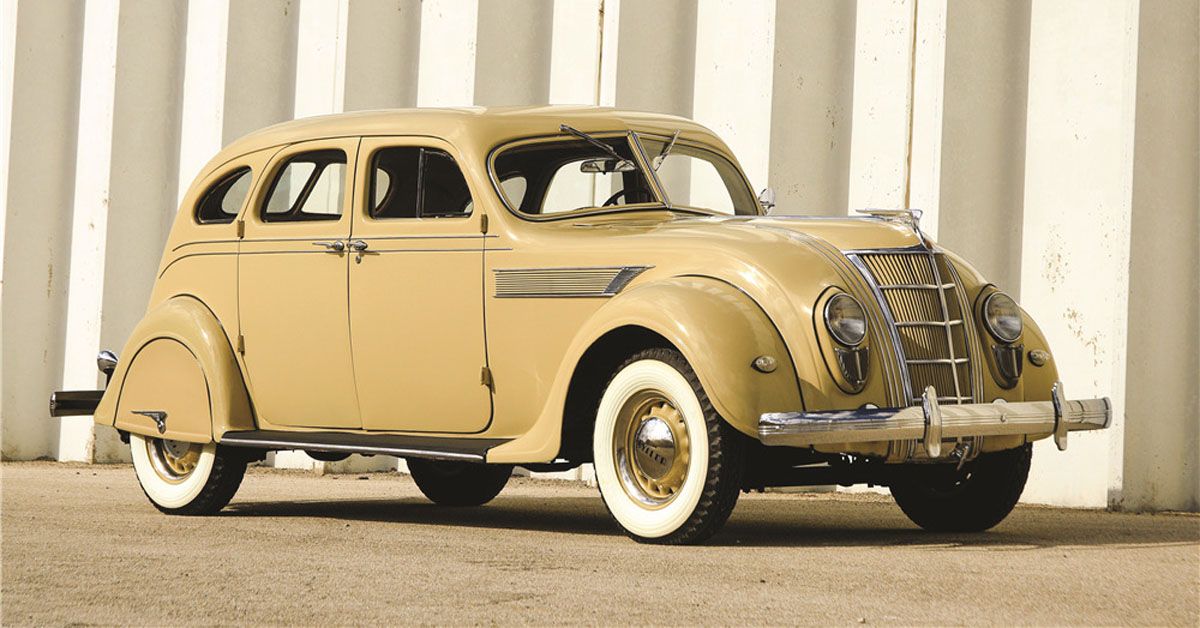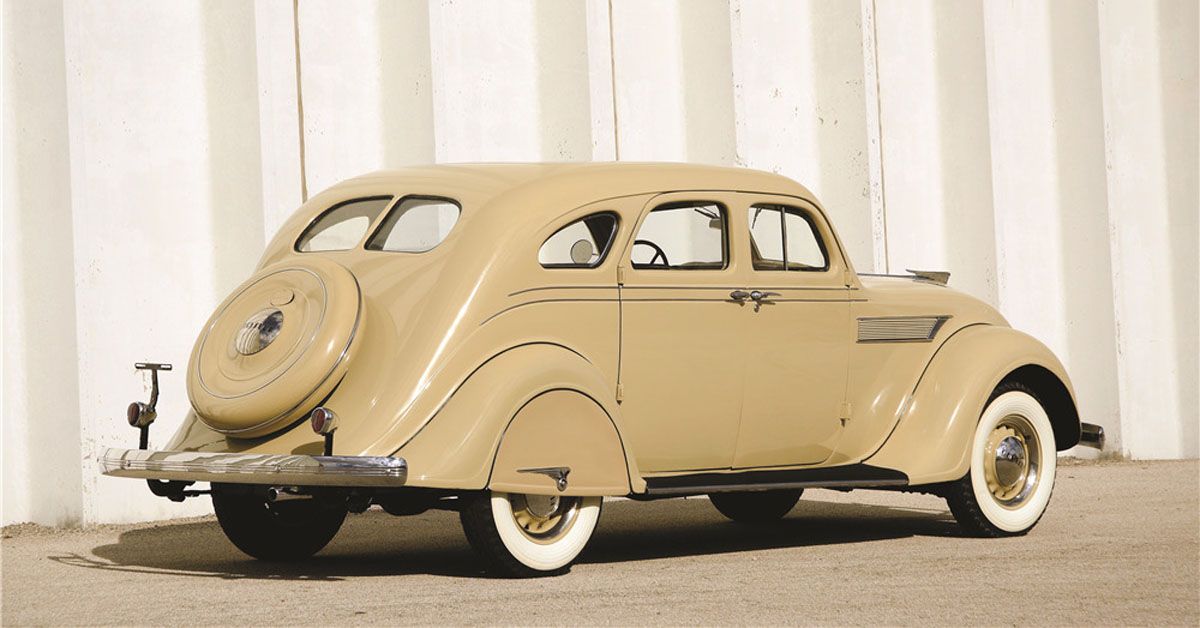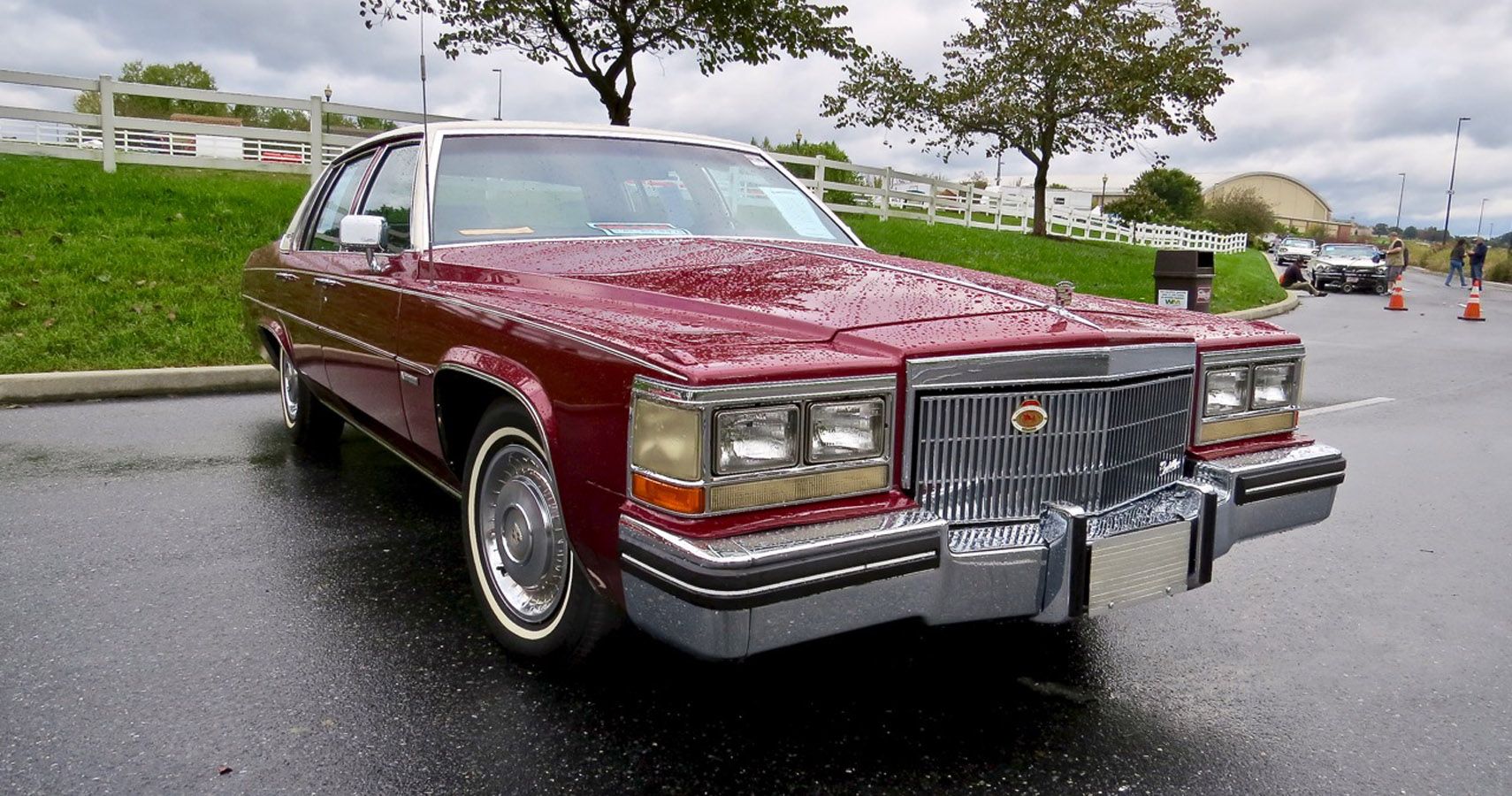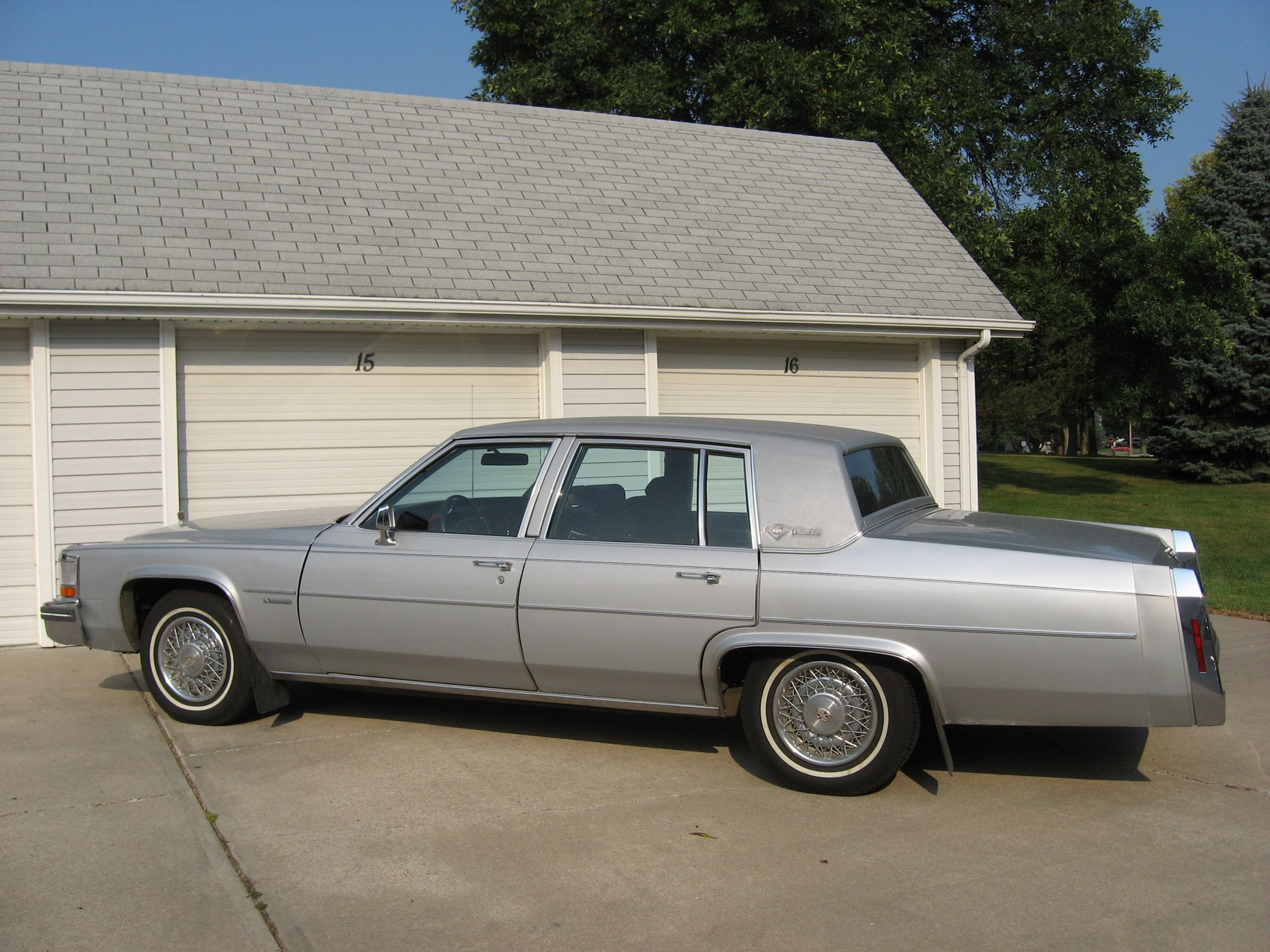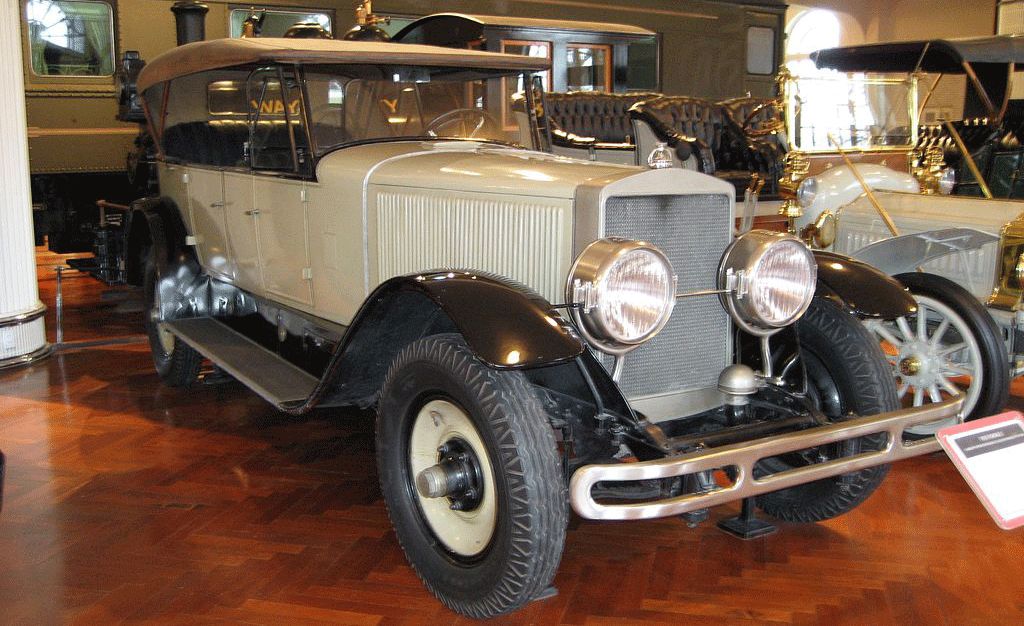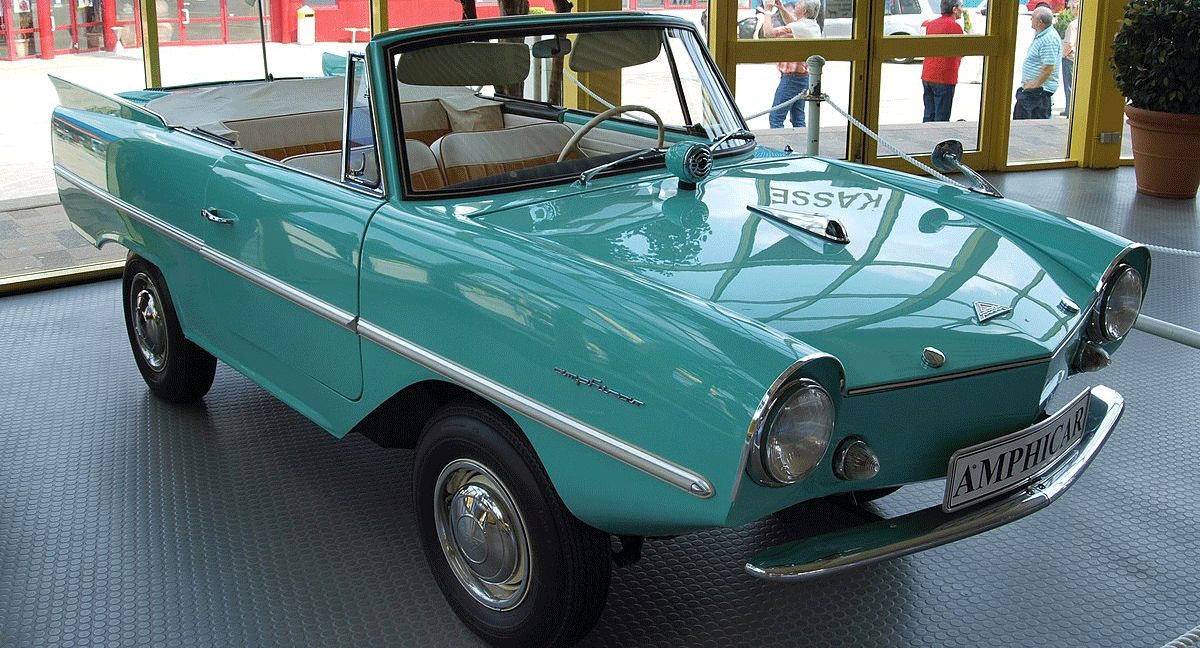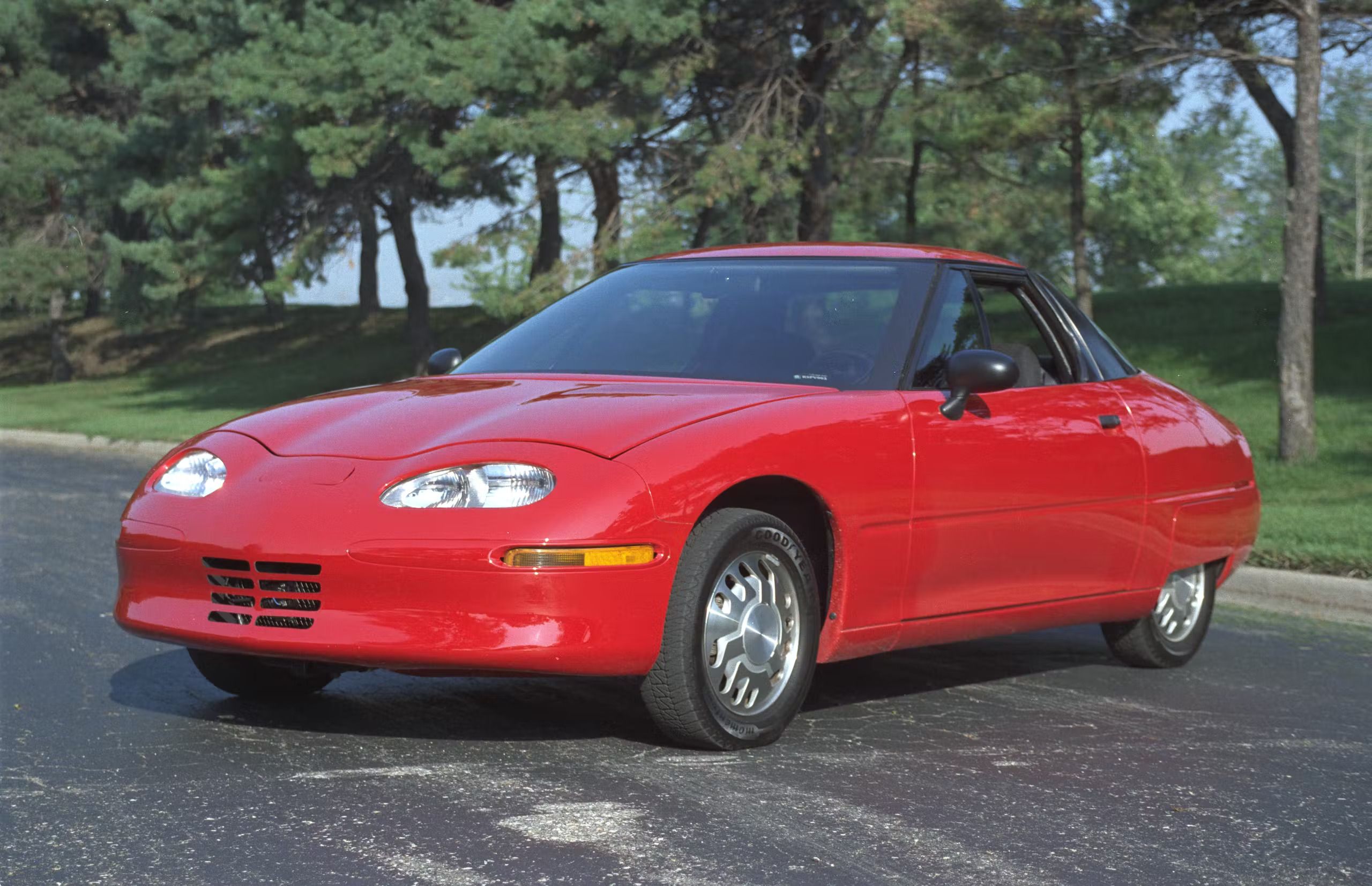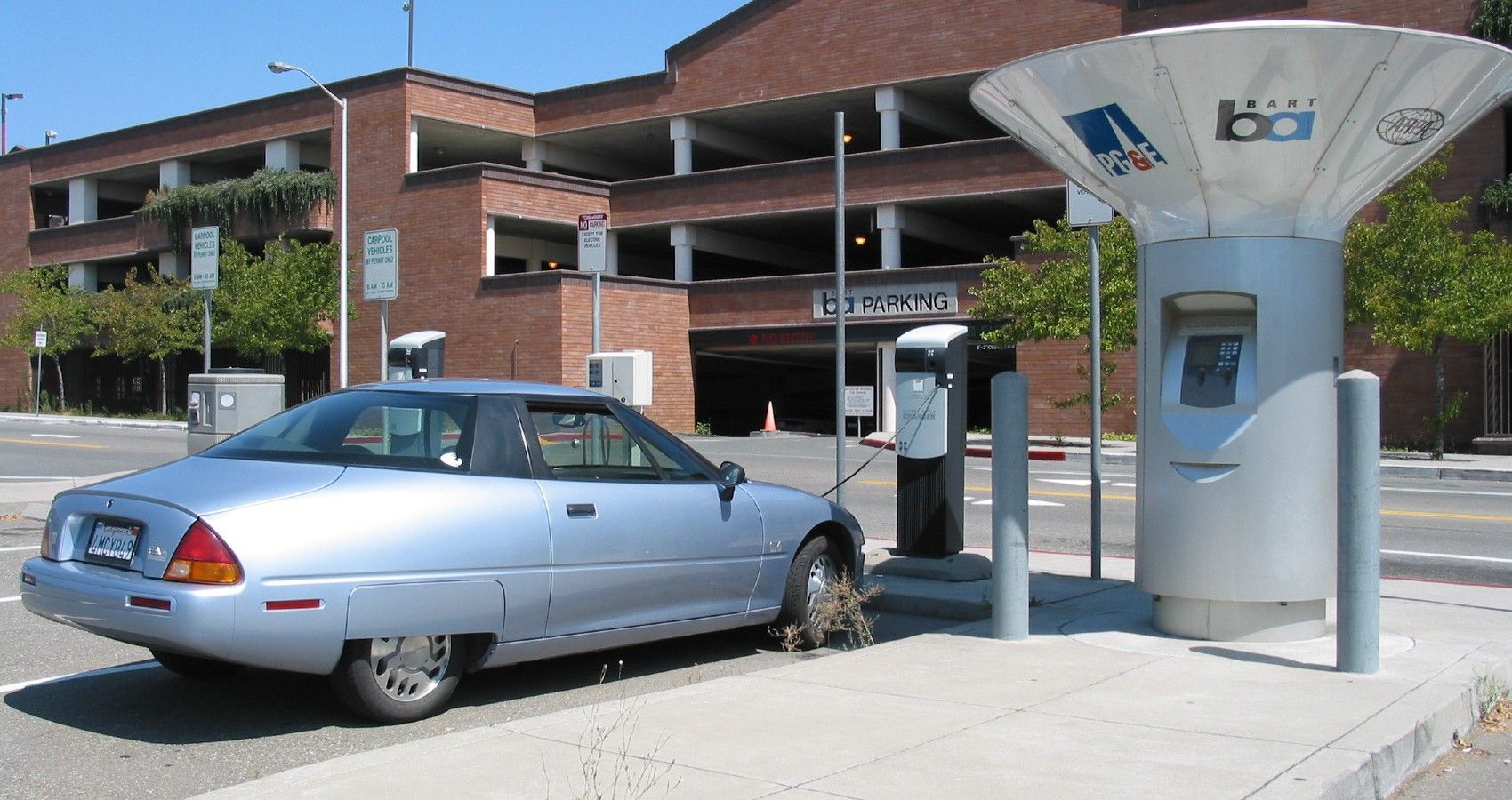Market leaders in the automobile business are continuously searching for novel ways of getting an advantage over their competitors. To stay competitive, many companies improve their cars' performance, efficiency, design, and reliability while adding features buyers want the most. They also develop new advanced car platforms and exciting new models. However, every once in a while, we see automobile makers go a little bit above the standard by adding features that have never been seen or imagined before onto the market.
While some innovations were revolutionary, e.g., safety features like airbags, Electronic Stability Control, driver assists, technology features like modern infotainment with intelligence capability, and high-performance features like turbochargers, others were not. Below we look at a few innovative models in automotive history that didn't stand the test of time, failing miserably.
10 Curtiss-Wright Hovering Air Car
It's absurd that we are in the 21st century, and there are no signs of flying cars. During the 1960s, several automakers experimented with the concept of flying cars, but the Curtiss-Wright Air Car came closest to realizing this dream. Powered by a pair of 180hp aircraft engines, the 2500 air car could fly 15 inches above the ground for a short time.
Traveling on a cushion of air, the Curtiss-Wright 2500 Air Car never took flight for several reasons. Firstly, the noise from the aircraft engines needed excellent sound-deadening material. Secondly, flying cars had astronomically high fuel consumption, and lastly, many considered these cars too costly and destructive for the environment.
9 General Motors Firebird 1 XP-21
The American automotive industry was booming with groundbreaking innovative cars during the 1950s. The idea of modifying and stuffing aircraft motors in cars wasn't new, as Fiat successfully created the S76 (dubbed Beast of Turin) in 1910. But a jet engine in a car? It was unheard of.
GM started experimenting with jet turbines in cars, and by 1953, they developed the Firebird 1 XP-21. The design was impractical as it looked more like a jet fighter than a road-going car. It was also ridiculously dangerous to drive as the 370hp gas turbine engine could theoretically hit speeds of 200mph. The project never materialized into the production stage, and the car now resides at GM Heritage Center in Sterling Heights.
8 Chrysler Turbine Car
In the 1960s, Chrysler started a testing program where they fitted a turbine engine in their cars. They produced and tested a total of fifty turbine-engined cars between 1963 and 1966. The reason behind this move was that turbine engines were more reliable and required minimal maintenance since they had fewer moving parts compared to conventional piston engines.
After testing, Chrysler realized the cars were destined to fail. While they exhibited remarkable durability and smooth operation, the engines had relatively unimpressive acceleration and poor fuel economy. In addition, they failed to meet the then-government emission regulations. Chrysler terminated the program and reclaimed and destroyed all but nine cars.
7 1967-77 NSU Ro 80
Germany's NSU was the first automaker to successfully put Felix Wankel's rotary engine in a production car in 1963. A few years later, the Ro80 sedan was born when the automaker wanted to showcase the rotary engine in a bigger car. Sporting a 115hp twin-rotor Wankel engine, the car was so impressive that it scooped the 1968 Car of the Year award.
NSU produced 37,398 units over a single generation before the company pulled the plug on the car. Apparently, the Ro80 proved too costly to manufacture. The automaker therefore overpriced these cars, which in return held down sales. Compounded with reliability issues, the car's reputation undermined the company's financial situation. Volkswagen ultimately acquired the cash-strapped automaker in 1969, marking the end of the innovative Ro80 sedan.
6 OSI Silver Fox
The OSI Silver Fox is one of the most weird-looking cars ever. Designed with aerodynamics in mind, the OSI Silver Fox looked nothing like a typical car. Instead, the OSI designers used a pair of hulls separated by a passenger compartment. They probably borrowed this design from the Lockheed P-38 Lightning fighter aircraft.
The innovative design had the edge over conventional cars. The layout allowed the designers to fit three spoilers giving the car tremendous downforce, not to mention a top speed of 155mph from a 1.0-liter four-cylinder engine. Impressive! Unfortunately, financial constraints took down the company and the OSI Silver Fox in 1967.
5 Chrysler Airflow
During the late 1920s and early 1930s, Chrysler was among the few manufacturers that ditched the ladder chassis and adopted the unibody construction in the 1934 Chrysler Airflow. Until then, most automakers still used structural wood and squared-looking car bodywork.
To revolutionize the industry, Chrysler designed a streamlined bodywork and studied it in a wind tunnel. While it had all the ingredients to be successful, the Chrysler Airflow was way ahead of its time. Many deemed the controversial styling too ugly. Again, with the Great Depression in full swing, only a few could afford the car. Although Chrysler killed the project a few years later, it was an important step forward that gave birth to other streamlined cars like the Buick Y.
4 Cadillac V-8-6-4-Powered Cars
Skyrocketing gas prices during the 1970s forced automakers into the production of fuel-efficient engines. But instead of building a smaller engine for its cars, General Motors banked on the cylinder deactivation technology that promised eight-cylinder performance but with drastically improved fuel efficiency.
The idea behind this technology was simply to turn off two or four cylinders when not needed. Unfortunately, this futuristic technology barely worked. Many drivers complained of stalling, bucking, and other unbearable drivability issues. Many Cadillac car owners eventually had the system disabled. The result was Cadillac abandoning the technology in 1982.
3 Doble Steam Cars
Doble produced steam-powered cars between 1909 and 1931; the latter models (E and F) were the pinnacle of steam car development. Abner Doble wanted to rival the best gasoline-powered cars with his steam-powered models.
Producing 125hp and a top speed of 95mph, the model's E fuel consumption was relatively competitive, and the eerie silent operation gave it a distinctive edge. But for all their innovations, these cars had two significant problems that hindered their success. First was the price, with the chassis alone requiring between $8,000 and $12,000. Then in 1924, the company folded to bankruptcy during an ensuing legal struggle.
2 1961-1968 Amphicar Model 770
The idea of developing a car that doubled as a boat was very popular during the 1960s and 1970s. Several automakers produced amphibious cars, but the Amphicar Model 770 was the only mass-produced amphibious vehicle. Launched in 1961, it had a relatively short run, and production stopped in 1965 with 3,878 units manufactured in a single generation.
According to many owners, the Amphicar Model 770 was neither a good car nor was it a good boat. It was just fine. The Amphicar's need for grease at 13 places after operating in water was a major pain point. The lack of a sufficient market for this water-logged car couldn't justify its existence.
1 General Motors EV1
In 1997, General Motors ventured into electric car production with the EV1. Popular for being the first modern-era mass-produced electric car, the EV1 caused quite a stir at its introduction. It was quick, fun, and reliable, and the unconventional design was a head-turner as it rivaled the looks of other typical sports cars.
However, this experiment didn't last long. The EV1 had a relatively short range of 75 miles. The high price tag also limited its commercial viability. Then there was the emergence of hybrid cars and the rising popularity of SUVs. GM eventually recalled the leased cars and crushed them.
Sources: Grunge, Autoguide, Topcarnews, Americanhistory

